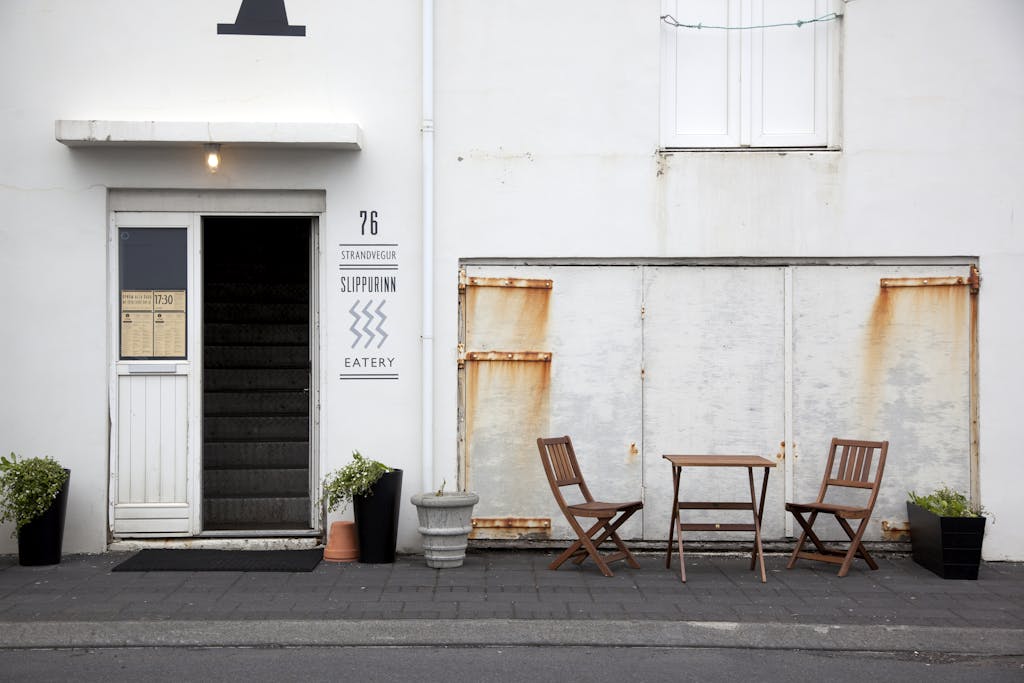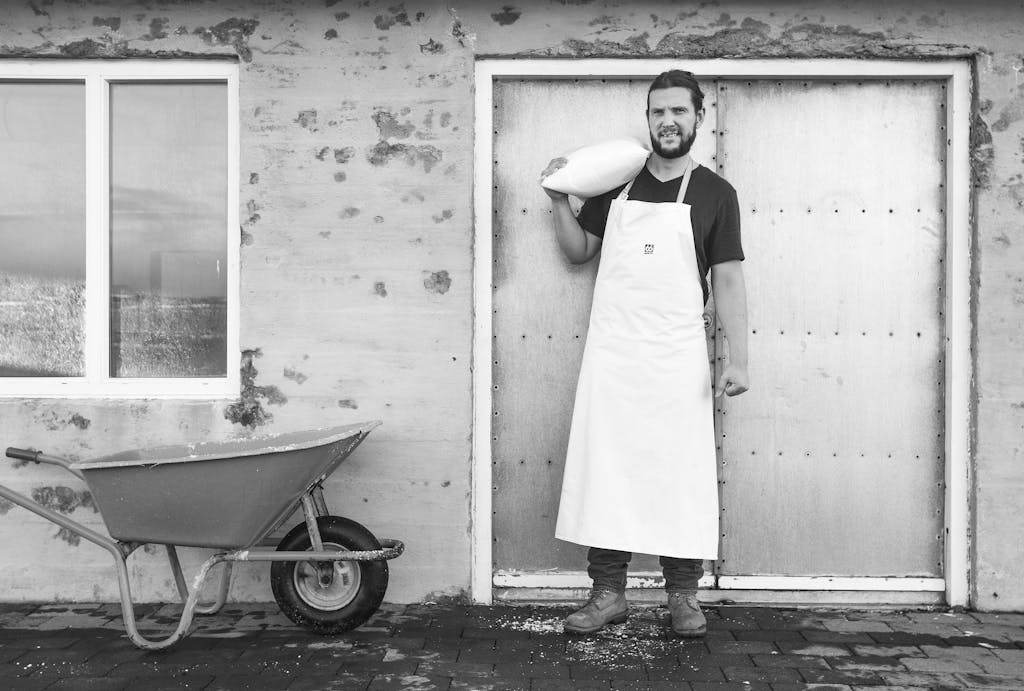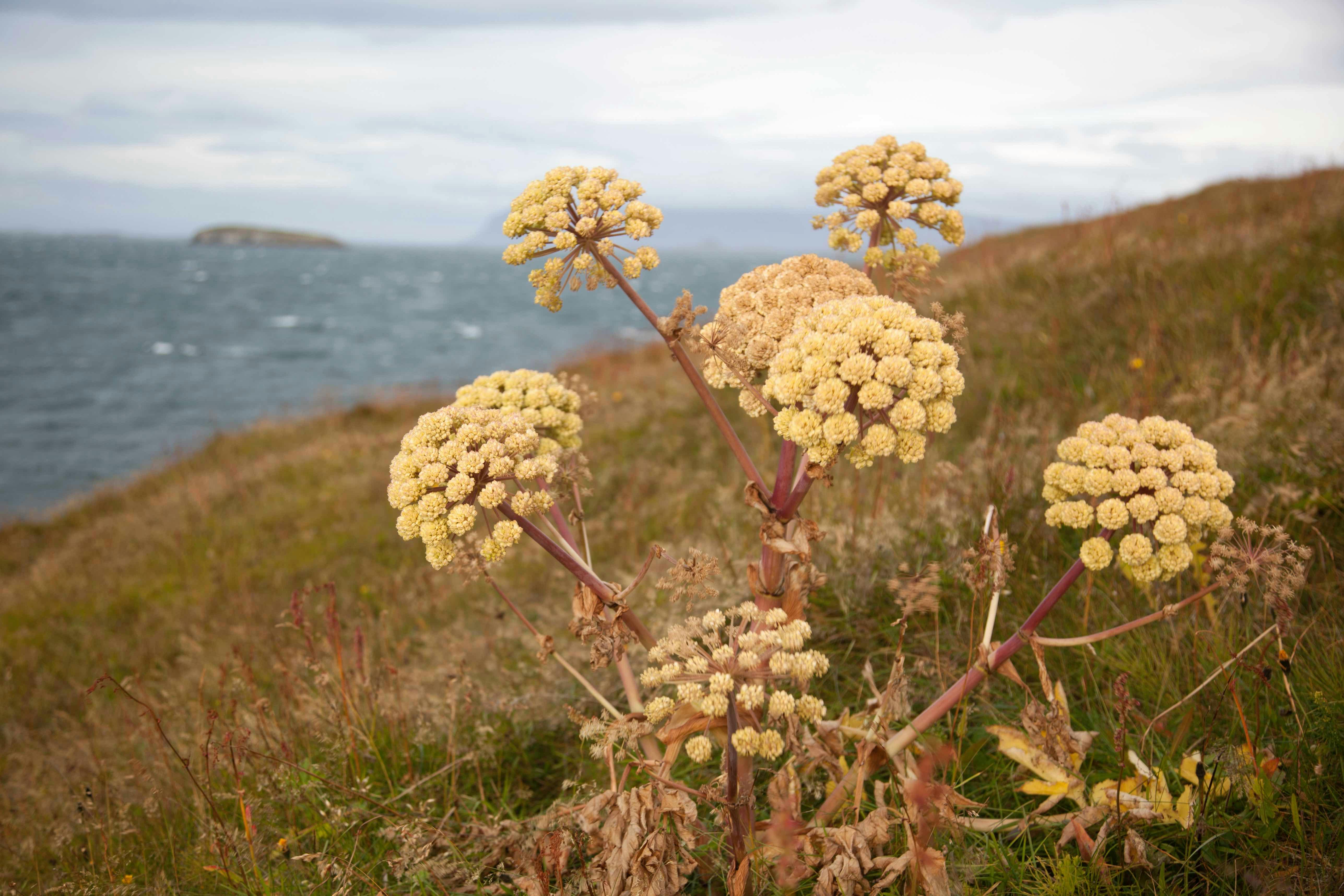S.A.L.T. Spotlight: Here’s Why Icelandic Cuisine Will Surprise You
There might not be a place on Earth where the food is as misunderstood as Iceland.
Many outside the country have heard only of extreme ingredients they have seen on television with adventurous globetrotting chefs and TV hosts trying to eat hákarl, Greenland shark that has been cured and left to ferment for months. It has a strong ammonia taste, but it’s nothing compared with fermented skate, eaten on Dec. 23, Þorláksmessa (Mass of Saint Þorlákur) to mark the start of Christmas. The smell is so rank you need to wear old clothes that can be thrown out after eating it.
It hasn’t helped that, in recent decades, many restaurants and tour operators have tried to capitalize on the shock value of some of these ingredients. How many times have you heard of whale sashimi or reindeer burgers when reading about the food of Iceland? These aren’t foods that Icelanders eat; they were created for tourists.
As you cruise around Iceland, you’ll start to see Icelandic food in a different way. Silversea’s S.A.L.T. (Sea and Land Taste Program) has been designed so you can see how Icelandic cuisine has changed since settlement and to understand how Icelanders eat today. It’s nothing like you have probably read about.

This is a pristine island nation with some of the richest fisheries in the world. Not only is fish here abundant, but the sustainability of Icelandic fish populations is also a model that much of the world hopes to emulate. You may have heard of the free-roaming lambs that are fattened up on mountain herbs, and Icelandic goats and wild fowl should be on your radar, too.
The New Nordic movement often attributed to Denmark and Sweden is here, too, and creative chefs can be found at every port, eager to experiment with the ingredients they can find regionally. In Reykjavík, you can dine at Michelin-starred restaurants such as Dill and Óx. While Icelandic food once revolved around survival through the long winters, now it revolves around pleasure. Whatever you thought you knew about it, forget it.
Building on Iceland’s culinary foundations

In the second half of the 9th century, Iceland was settled by Vikings and the people they enslaved, who were mostly from the British Isles. There is little written record of what people ate, but we do know they struggled mightily. They did everything they could to adapt, and that tradition continues.
Few crops grew in the short summers, though barley was the most reliable grain. It disappeared during a mini-Ice Age that occurred in the region from the 14th to 19th centuries, but a farmer named Eymundur Magnússon at Vallanes farm in East Iceland started farming it again in 1985, and it has made a comeback. The organic farm, which can be visited on S.A.L.T. Experiences from Seyðisfjörður, had to plant a forest with more than a million trees around it to change the climate and make it suitable for a range of crops.
Much of the livestock brought over at Settlement couldn’t survive the cold winters, but lamb and their fatty meat and milk, not to mention their thick wool, were well-suited. Today, the lineage of sheep, like the Icelandic goats that are gradually making a comeback, has not been adulterated with other breeds, keeping the bloodline pure. They graze freely on mountain pastures and tiny islets off the coast. This is the predominant meat in the country, and you can find it roasted with the local herb Arctic thyme, sliced thinly for carpaccio, or in hearty stews.
Pure ingredients from an unspoiled landscape

The old Icelandic methods for fermenting nearly anything in whey and other methods for preservation are used minimally, so what’s left are exceptional ingredients from a pristine landscape. They often surprise you in places you least expect it. Sometimes it’s a plate of steamed blue mussels harvested in the waters off the Snæfellsnes peninsula or the dark blue crowberries you find in a bowl of skyr, Iceland’s yogurt-like snack.
On the island of Heimaey, the kitchen team at the family-run restaurant Slippurinn — as well as Silversea guests on S.A.L.T. experiences there — goes foraging multiple times each week to seek wild plants at their peak, often for just a few weeks. Depending on the micro-season, it might be the dulse and other seaweeds on a beach, just below a barren cape called Stórhöfði, or herbs such as oyster leaves that grow in the volcanic soil of the lava fields on the edge of town. All of it finds its way onto plates and into cocktails.
The island is home to one of Iceland’s most robust fishing communities, and the restaurant sources fish and shellfish sourced directly from the fishermen here. Not only do they work within a strict quota system that ensures fish populations remain strong, but marine resources also are given additional value by using about 80 percent of every fish, far greater than the global average, which sends parts to other industries. For example, skins are transformed into fish leather, collagen and bandages.
Growing the future

For much of the past century, Iceland had to import much produce from mainland Europe. Iceland’s agricultural revolution continues to advance, however, because of hydropower and geothermal energy. Around Flúðir, a rural town in the south, dozens of greenhouses have turned the volcanic landscape in what appears to be a scene straight out of “The Martian.”
Greenhouses can provide half of the country’s vegetable needs and produce tomatoes, peppers, strawberries, cucumbers, mushrooms and even wasabi.
Despite being an island surrounded by seawater, it lacks sufficient sunlight and trees for firewood to make salt by evaporation. By using a short-lived 18th-century method for producing salt with geothermal energy, the creative saltmakers at Saltverk have found a reliable method. Their plant in the Westfjords makes flaky, sustainable, hand-harvested sea salt that has caught the attention of some of the world’s finest restaurants.
Beer was illegal until 1989, but dozens of craft breweries have opened, and even they are going green. At Ölverk, a craft brewery in Hveragerði, geothermal energy is used in the brewing process by using the steam to boil the wort and heat the water to make beer. They have a range of IPAs, lagers and seasonal summer saison and skyr sour ales that can be found in bars and restaurants around the country.
Skál to that!
Want to learn what and where to eat in Iceland? Read more here.
